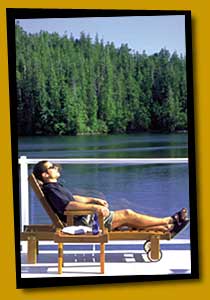 Canada's wilderness
Canada's wilderness
Canada is the 2nd largest country in the world at 9,984,670
km²
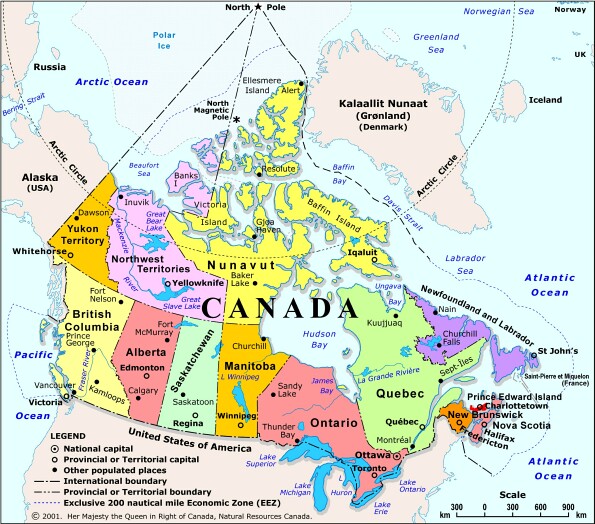
85% of the country can be defined as wild land
This includes 20% of the world's remaining wilderness
These areas are used for many purposes and enjoyed by
many people:


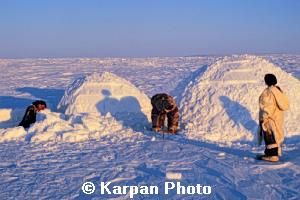
The Canadian wilderness is also appreciated for its intrinsic value; its
very existence.
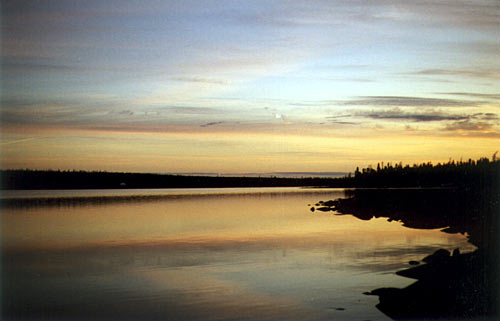
Canada is rich in natural resources, including deposits
of iron ore, nickel, zinc, copper, gold, lead,
molybdenum, reserves of coal, petroleum and natural gas,
and extensive supplies of timber.
Resource extraction is therefore an important sector of
the country's economy
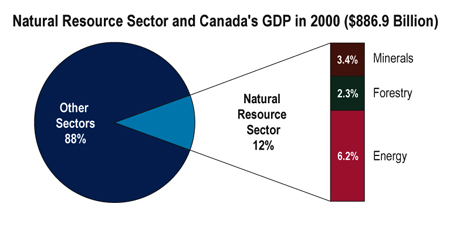
Resource extraction often conflicts with the other uses
and users of the Canadian wilderness
Major disagreements occur between resource extraction
companies
and the individuals and
organisations that advocate wilderness protection, including
environmental pressure groups, First
Nation communities and the government department responsible
for the protection of Canada's natural
heritage, Parks Canada
The following internet-based case studies provide examples
of the conflicts that can arise between
resource extraction and wilderness protection in Canada
Cantung Mine
Cheviot Mine
Nitassinan
Homeland
Stoltmann Wilderness
Conclusions
Useful Links
Report
 Canada's wilderness
Canada's wilderness





